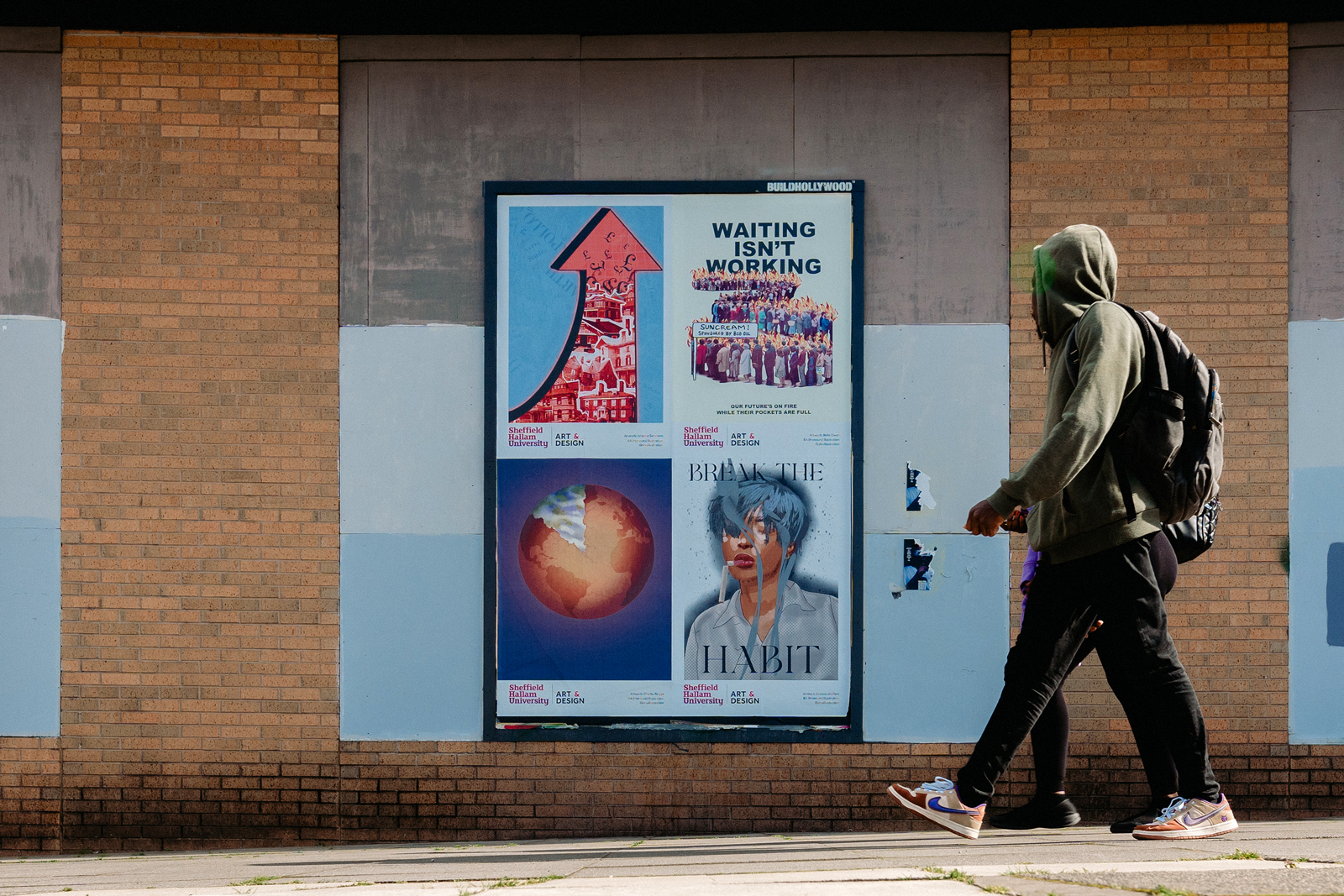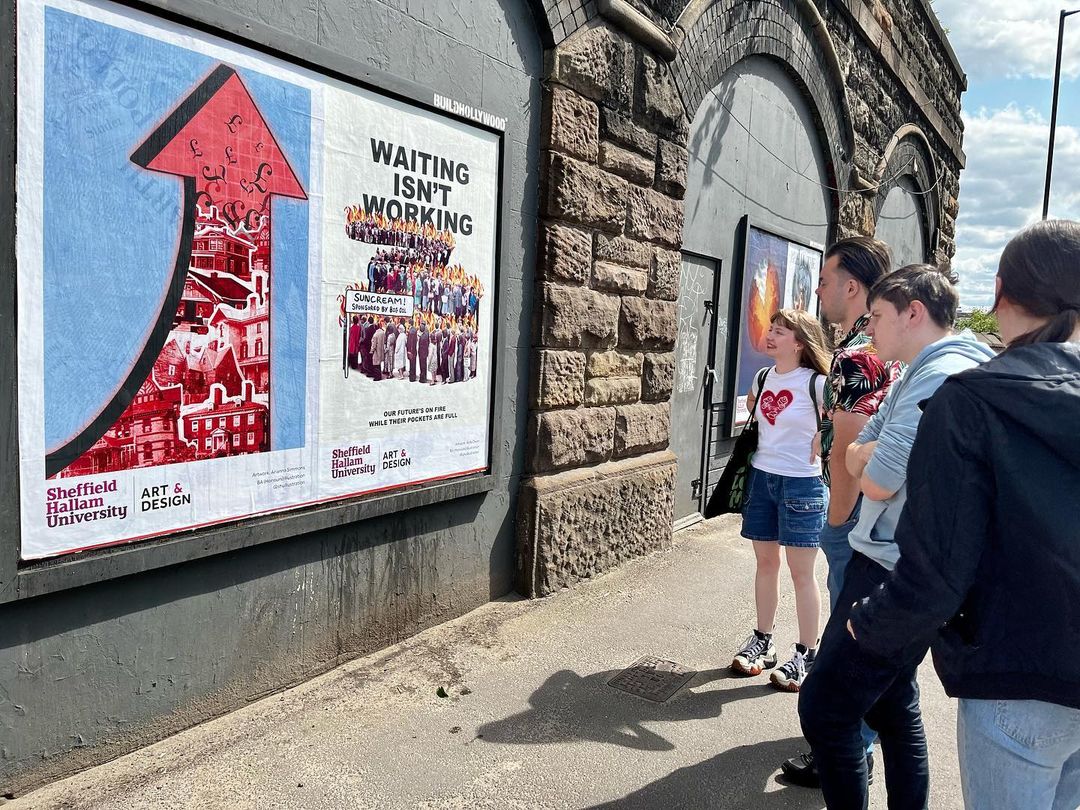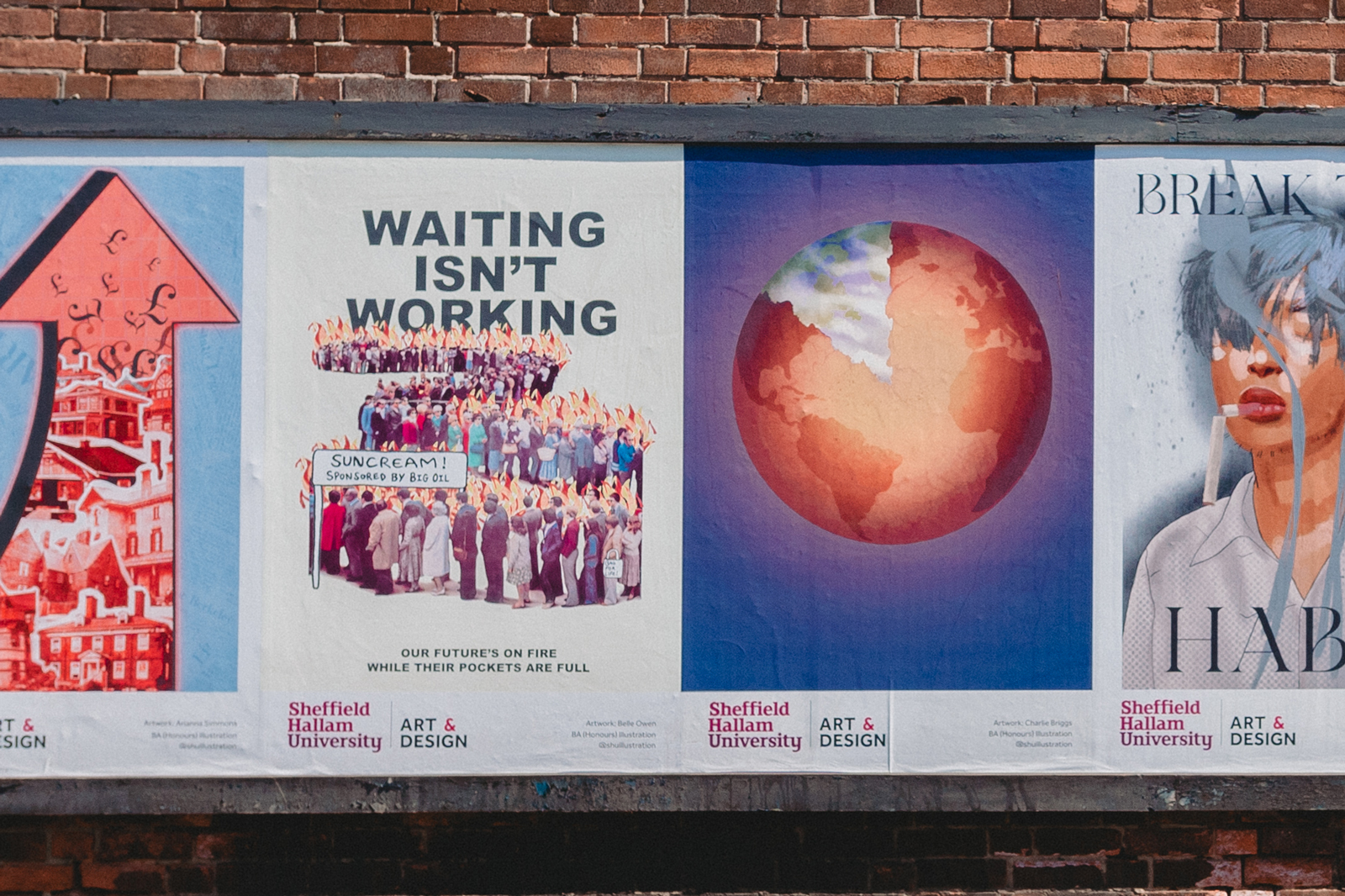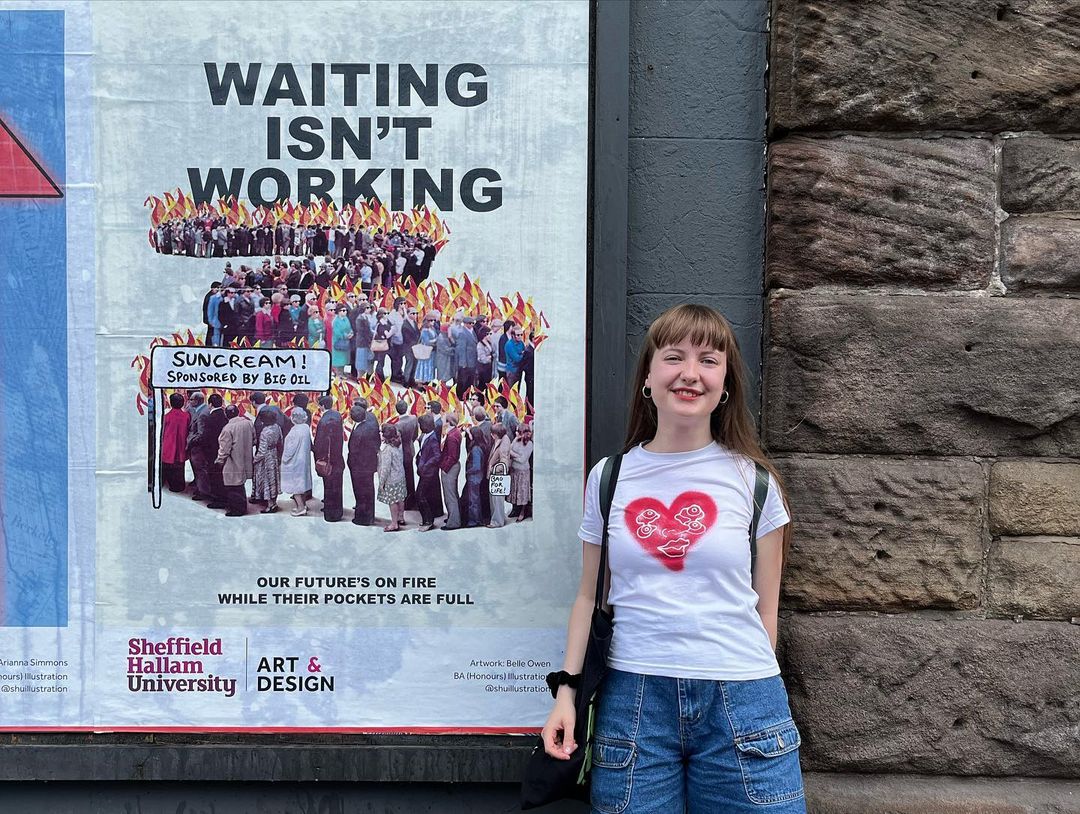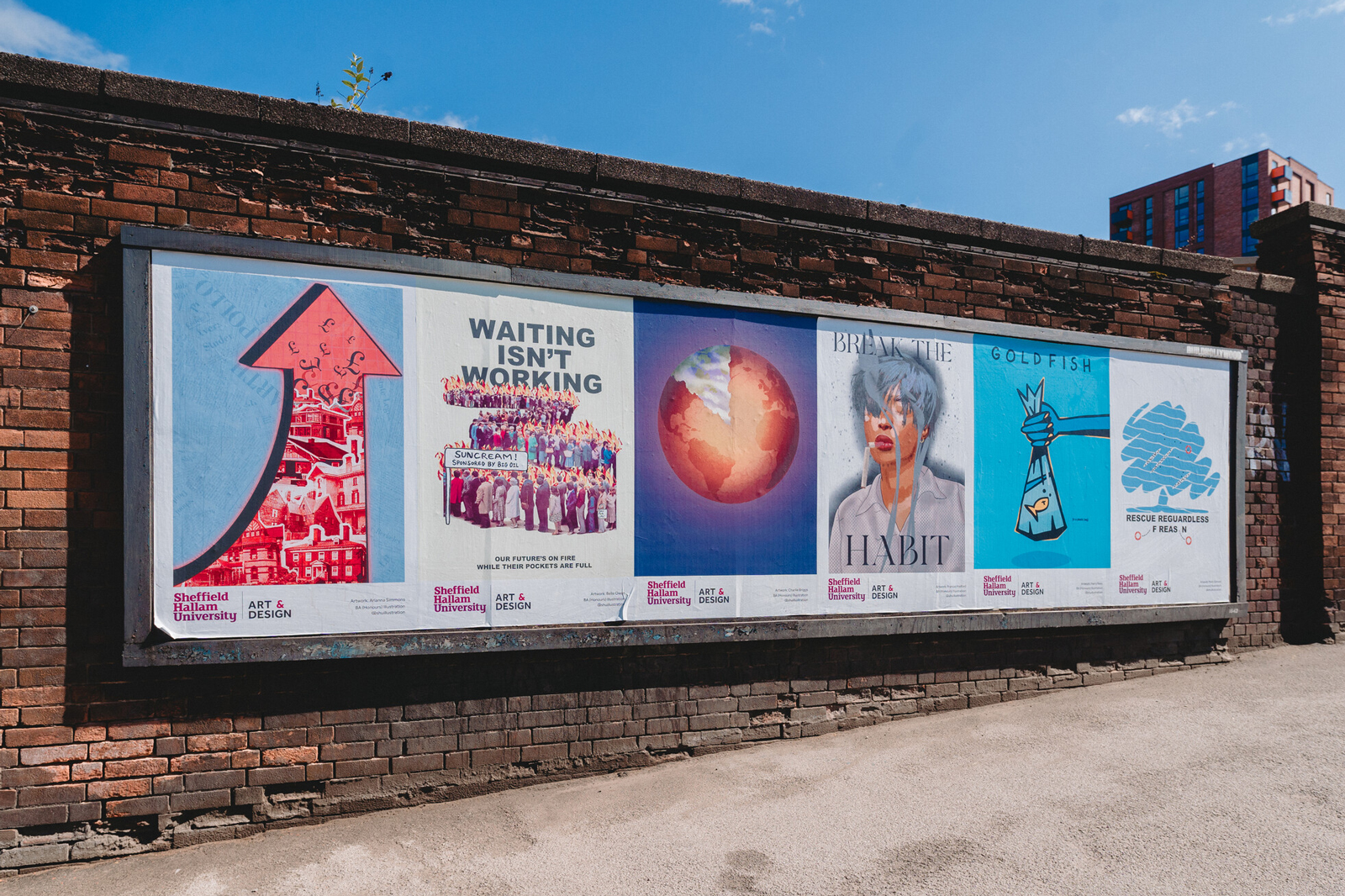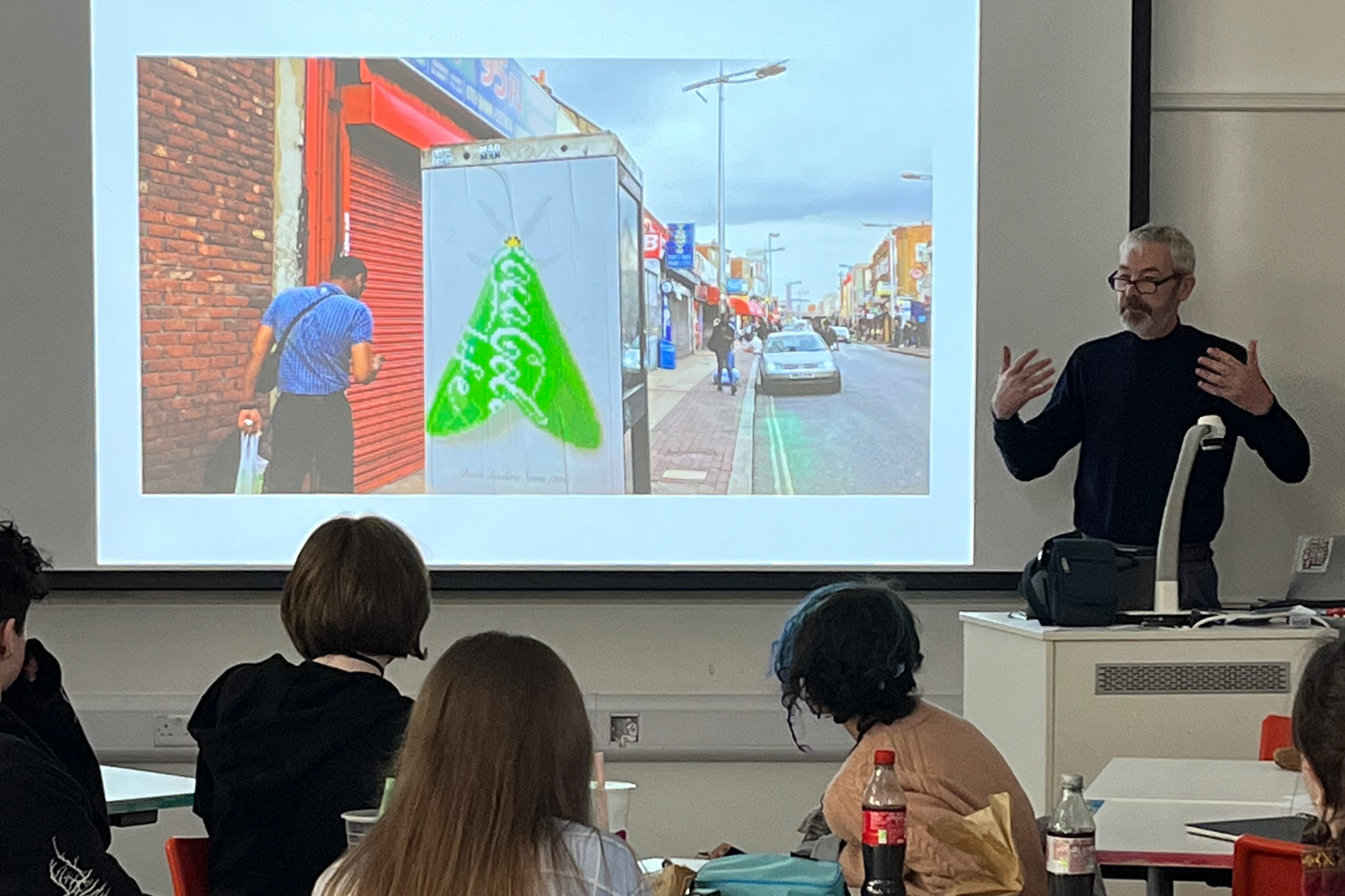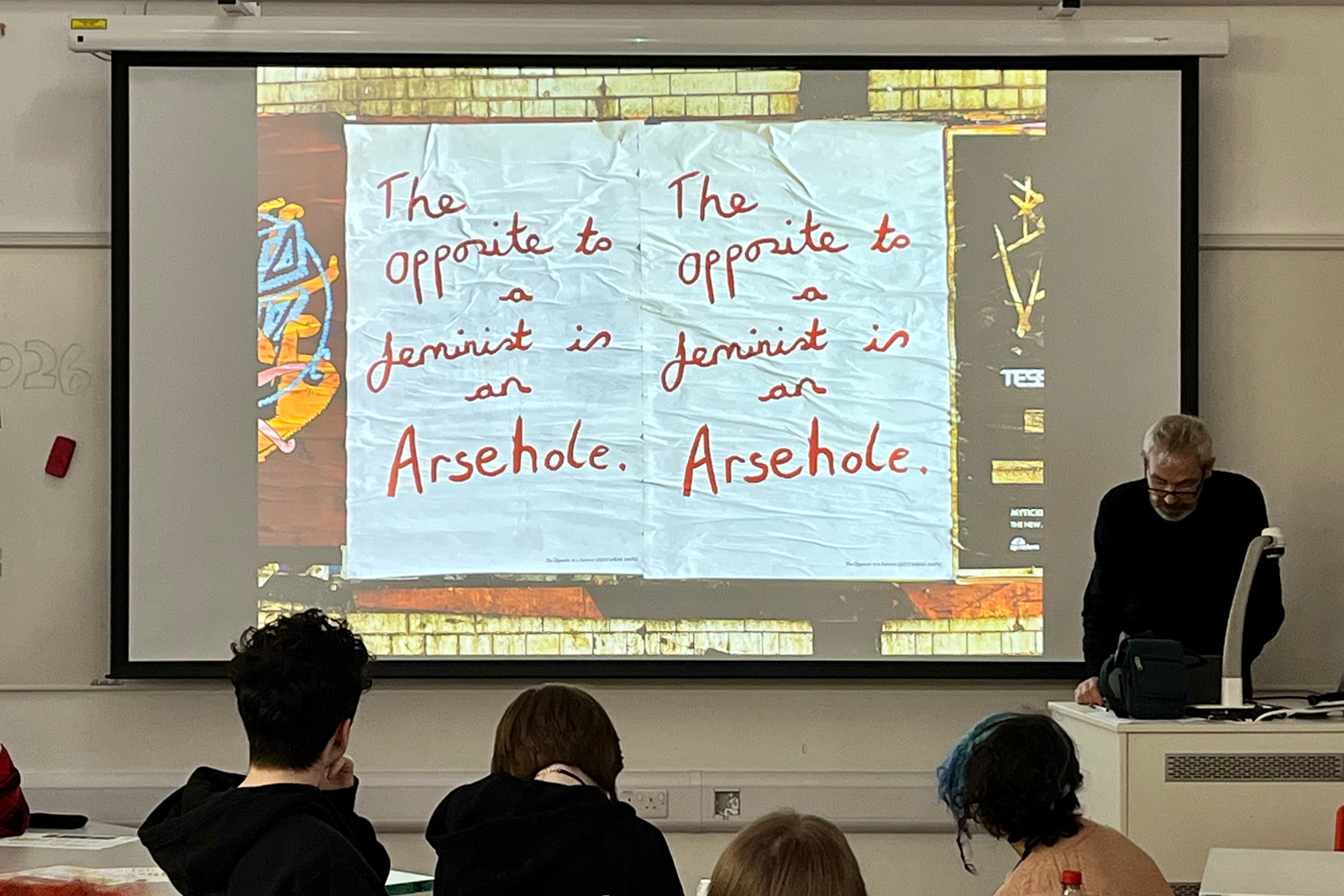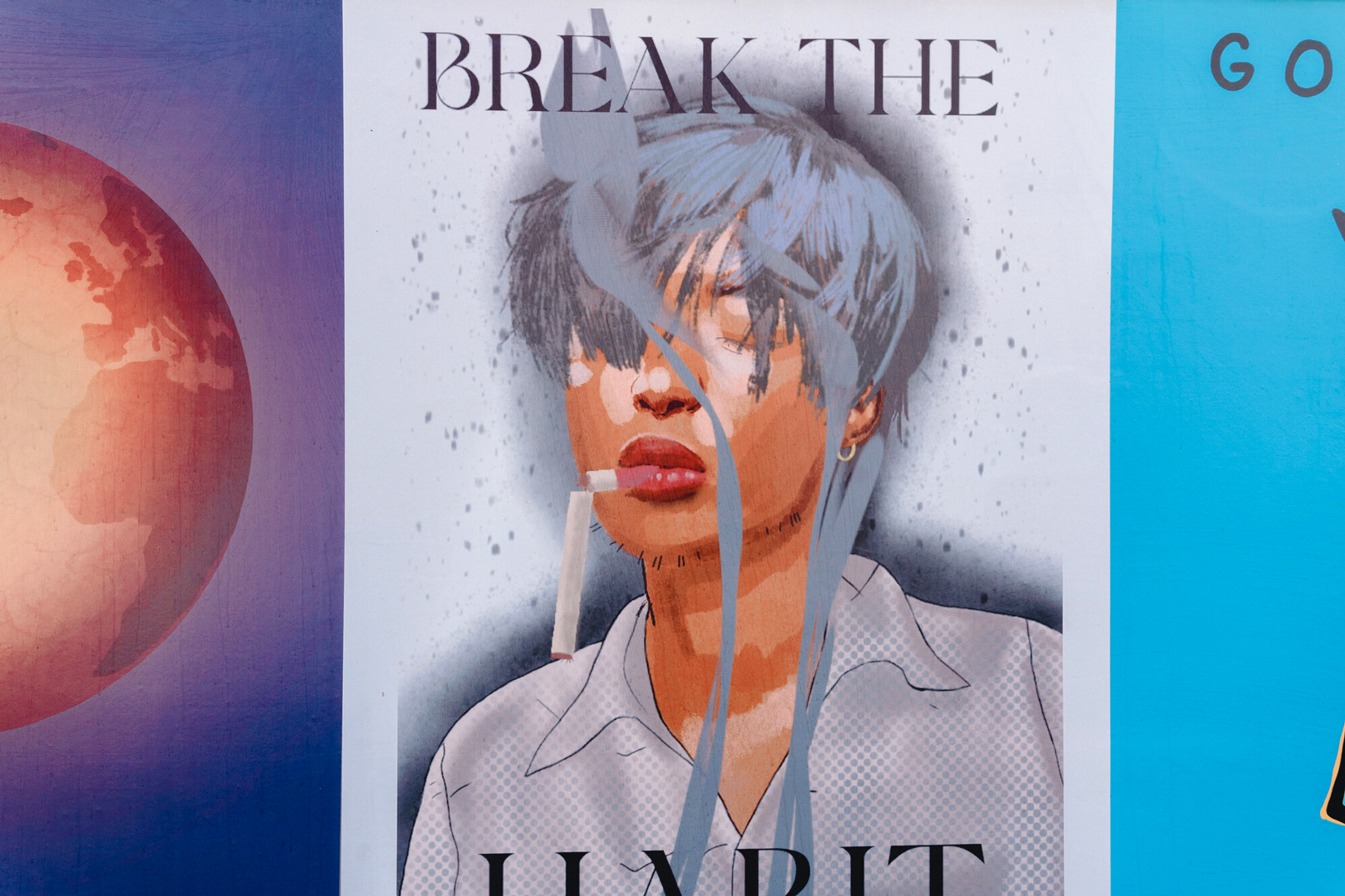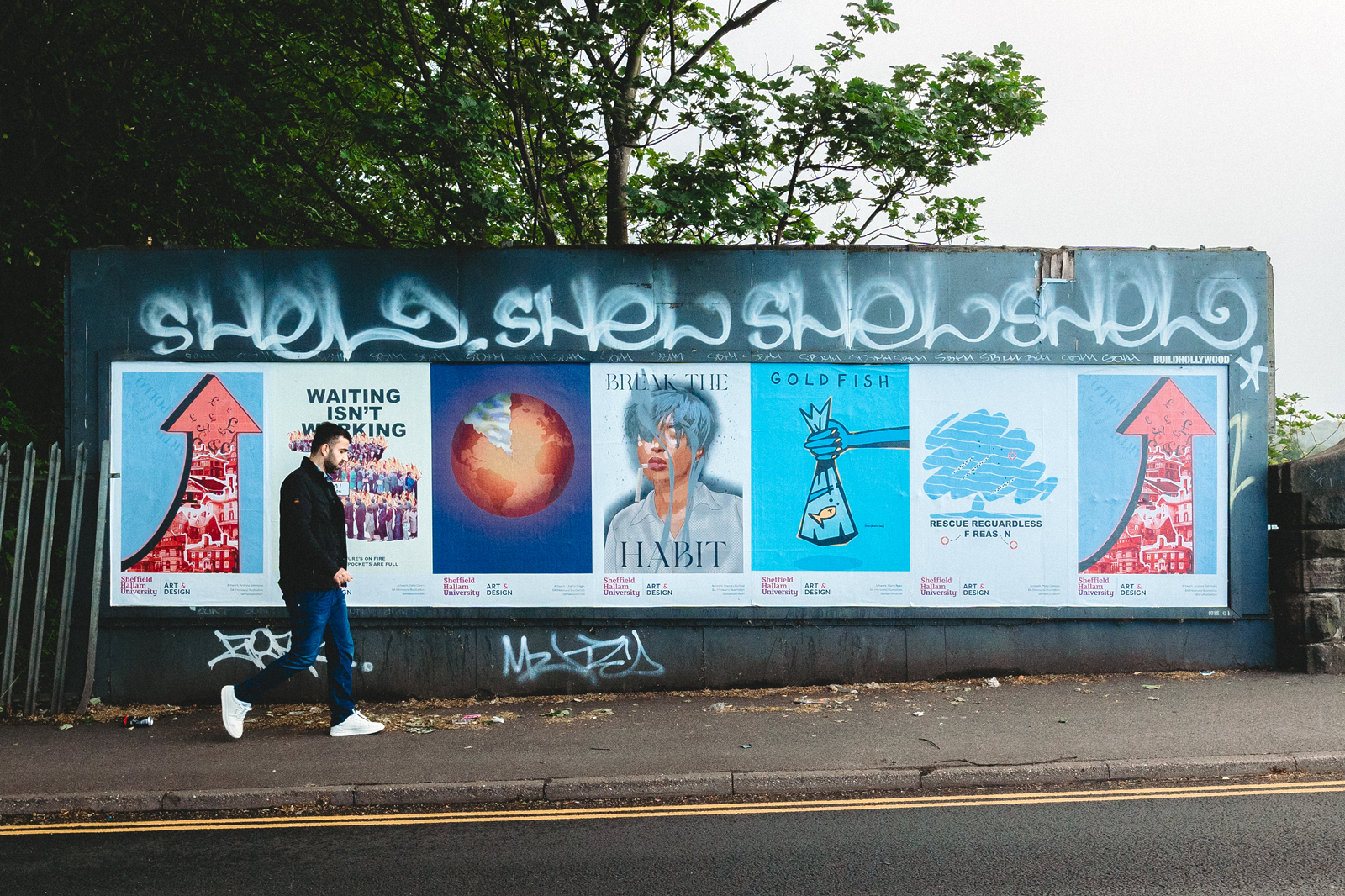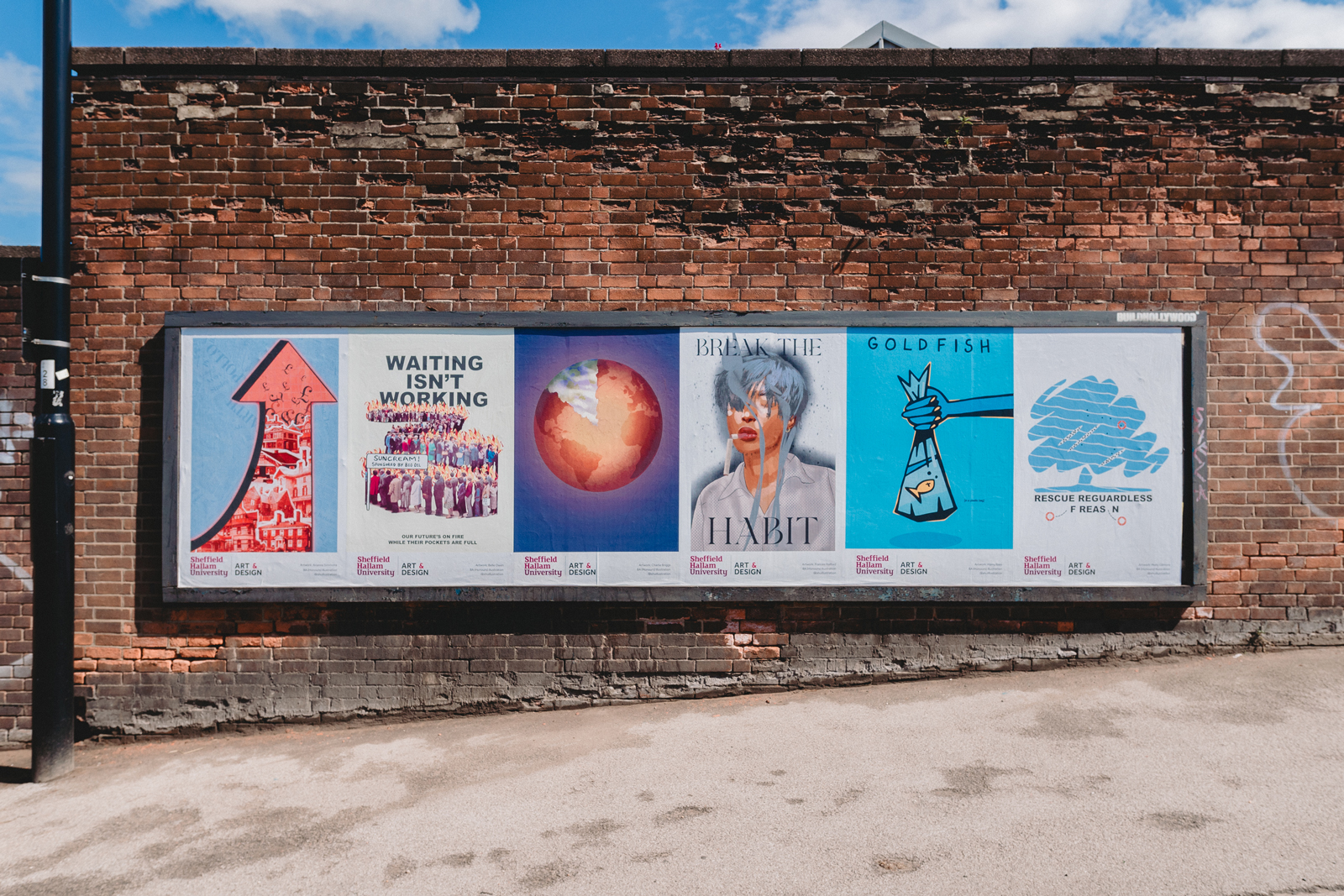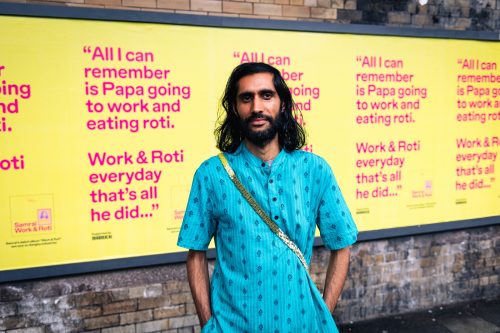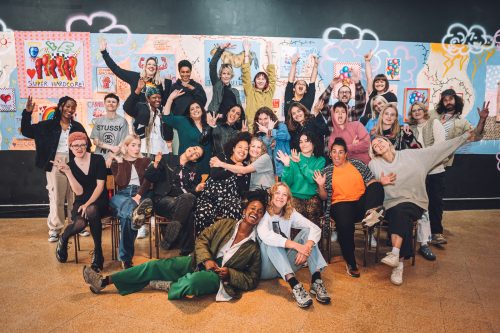Partnerships
Sheffield Hallam BA (Hons) Illustration students share vibrant, heartfelt work across the city
In amidst the commercial razzamatazz – the bespoke billboards, projections, point-of-sale displays, poster campaigns and assorted happenings – one of our favourite, most rewarding activities harks back to BUILDHOLLYWOOD’s roots in creative community and education initiatives. So, when the invitation came from Sheffield Hallam Uni.’s BA (Hons) Illustration Course to introduce a project exploring how to make impactful poster designs that garner attention on busy urban streets we jumped at the chance. Another key proviso was that students should make work about issues that are important to them, that directly affect their lives.
The illustrated introductory talk about ways to approach the design brief touched on all the obvious advantages of a poster campaign: in general, its potential for immediacy and relative ease of production. In terms of visual features that help a poster ‘pop’ there were, of course, considerations as to bold, surprising imagery and lettering; inventive and meaningful juxtapositions; mimicry and/or subversion of classic ad. campaigns or extant street signage; experimenting with scale; breaking expected design conventions – sometimes doing the opposite of ‘good’ design can produce a really great design. Also there were discussions regarding the attitude or spirit of a cut-through street poster. Thinking about what ‘tone’ is best to address passers-by, whether that be through shock, humour, inducements to feel compassion, empathy, concern… Participating students keenly addressed all the above and much more.
25.07.23
Words by



